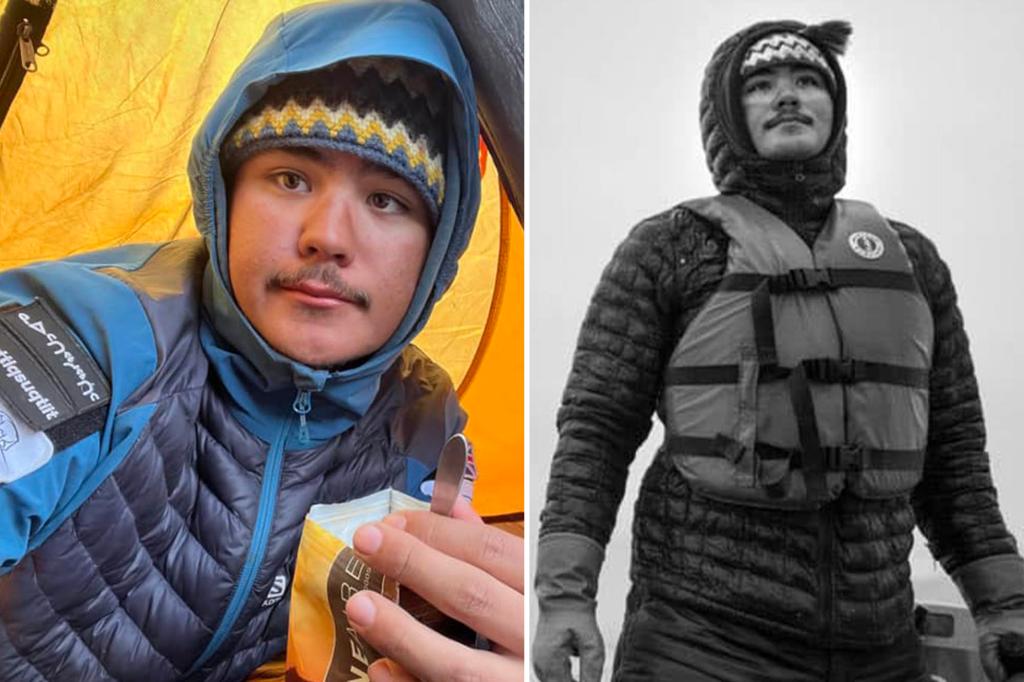A hunter in the Canadian Arctic caused controversy among a group of student “goose detectives” when he killed and ate one of the birds they were tracking for a school project. The hunter, Devon Manik, an Inuit, shot and ate the goose without knowing that students in Ireland had tagged about 100 brent geese and were monitoring their migration from Ireland to the Arctic region. Manik explained that geese are an important food source for his family and hunting is necessary due to the high cost of living in the Arctic.
The fourth grade students from St. Mary’s Primary school in Ireland were working with scientists from the University of Exeter to track the migration path of brent geese. The small, dark goose species spends its winters in Ireland before flying to northwest Canada to breed and then returning to Ireland with its gosling. The students gave each goose an identifying tag and released them back into the wild to monitor their journey. Despite the shock of learning about the goose’s death, many of the tagged geese successfully made their way back to Ireland, showing the connection between different regions and cultures.
Ecologist Kendrew Coulhoun, who was working with the students, met with Manik and expressed understanding for the hunter’s actions. Coulhoun acknowledged the importance of hunting for local Arctic communities that do not have access to supermarkets. He emphasized the need to respect different cultural practices and not judge others for their way of life. The story of the goose’s demise will be featured in an upcoming documentary called “Where the Wild Geese Go,” which will explore the challenges faced by migratory birds and the communities living in their habitats.
The documentary crew learned about the fate of the tagged goose after traveling to Resolute Bay, one of Canada’s northernmost communities. The film will showcase the complex relationship between humans and wildlife in the Arctic and highlight the challenges of conservation and sustainable living in remote regions. The incident involving the tagged goose serves as a reminder of the interconnectedness of different ecosystems and the impact of human activities on wildlife. Despite the controversy sparked by the hunter’s actions, the encounter between the hunter and the student scientists led to a better understanding of the diverse perspectives on hunting and conservation.


